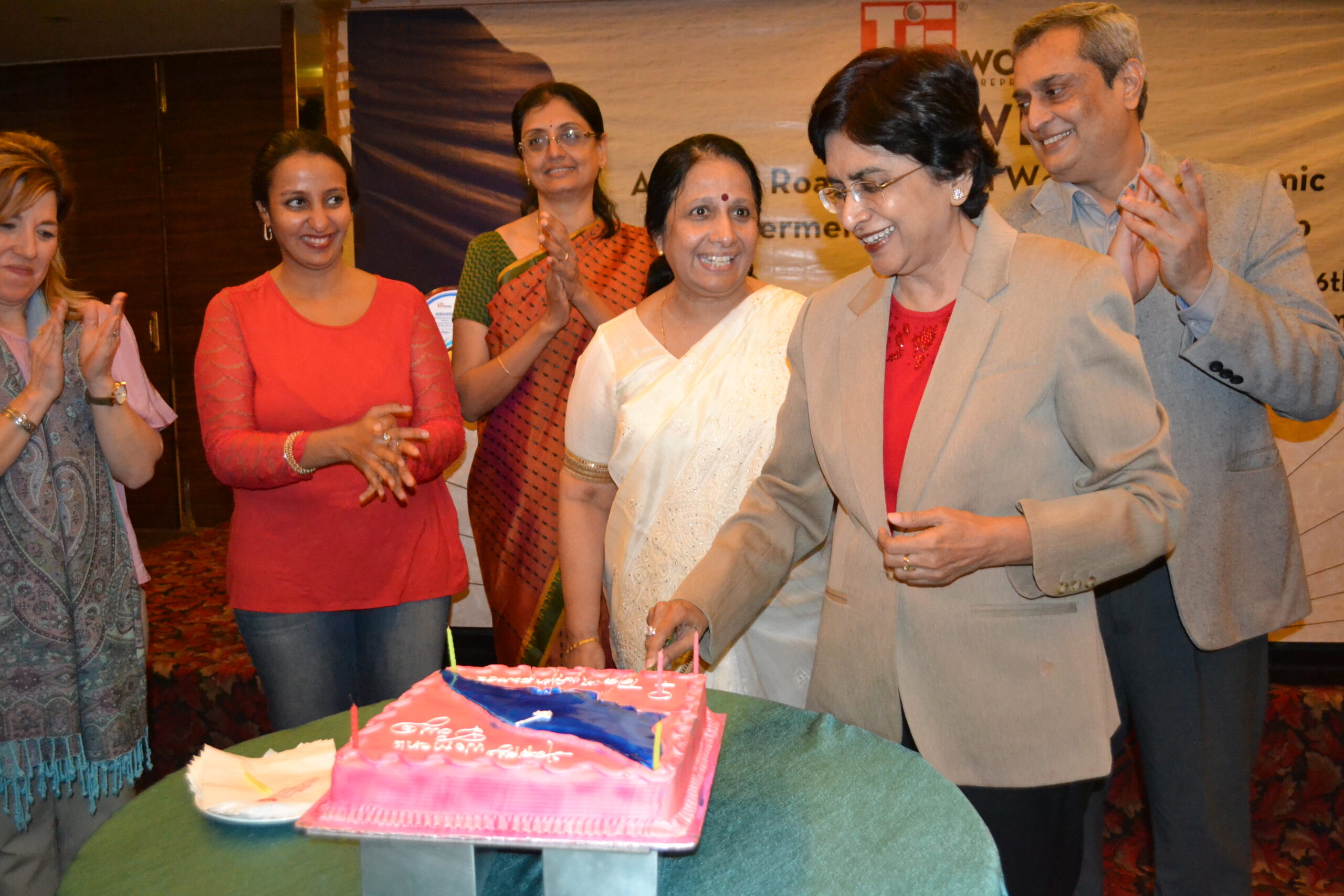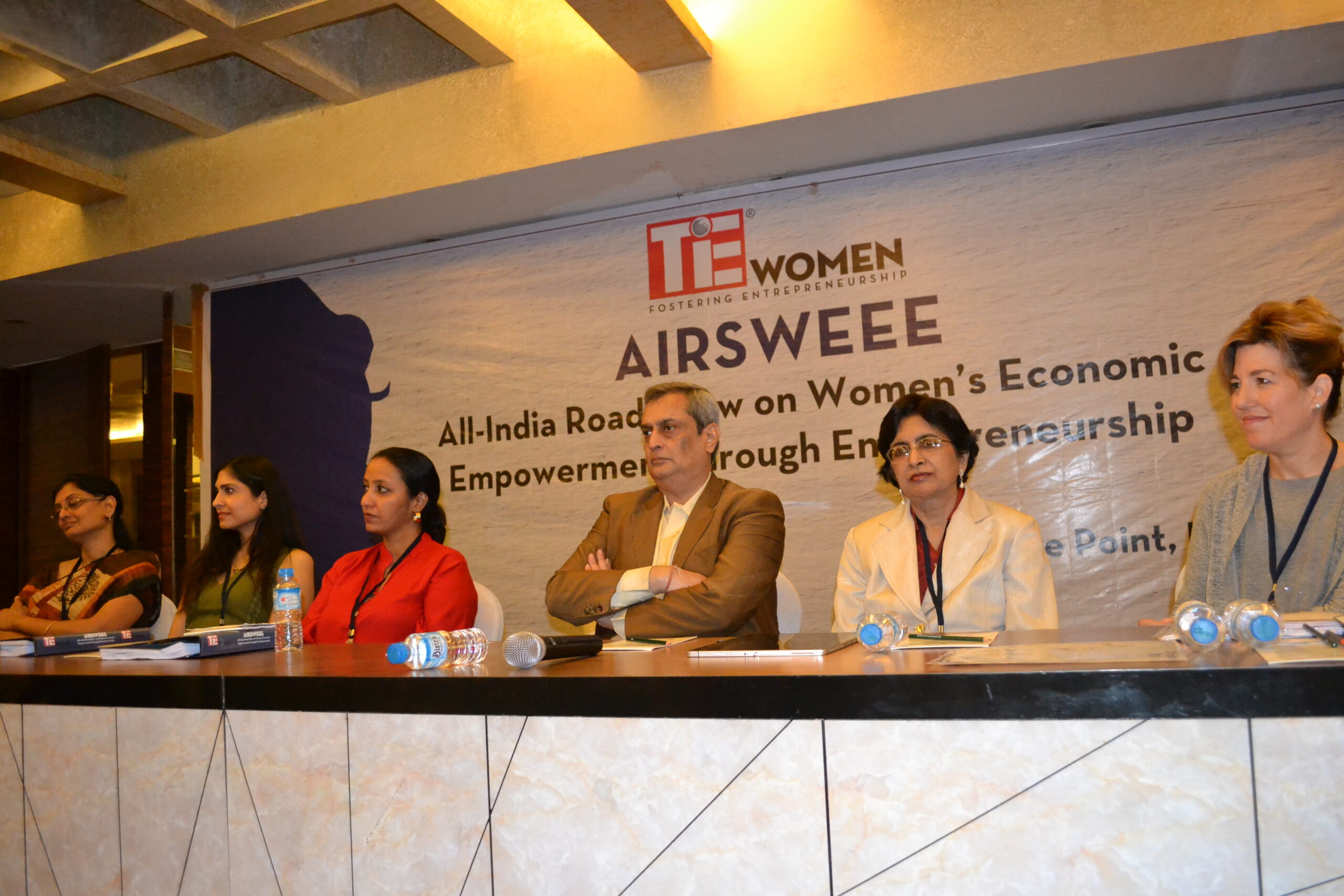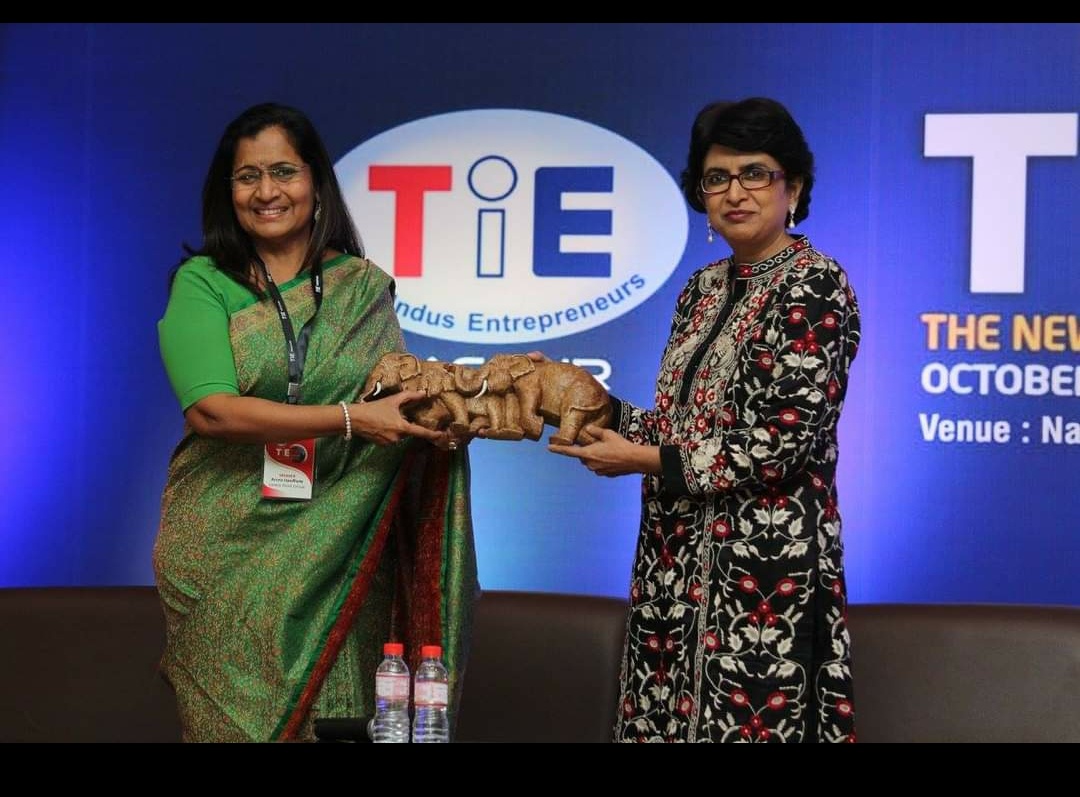Transforming workplace- 14 October 2014
The first and the biggest challenge for Diwakar as the new GM Corporate Governance was to understand what actually ailed the company. On the surface, things looked all right. But just beneath the surface, Diwakar sensed an unhealthy tension, an unease which nobody seemed in a position to decipher.
“What’s wrong in this place?”, Diwakar asked so many people. He was new to the organisation, and had carried a ‘successful’ tag with him from all his previous assignments elsewhere as senior in the executive ranks. The moment he sensed the silent unease, he started sharing his anxiety with some of his peers in the higher management levels. Most agreed with him, but could not identify why things did not seem all right.
Then almost in a flash, things got clear for Diwakar. That evening, as he sipped coffee alone in the Executive Lounge of the Head Office, one young executive sought permission to join him. Diwakar nodded with a smile. The conversation subsequently led them to discuss various things on the campus, including the quarterly report and balance sheet. In those moments of relaxed exchange, the young man said something that shocked Diwakar. He said, “Sir, our profits are not going down. Yet, some people in senior positions and also the MD, who is Chairman-cum-owner’s son, keep talking about losses and a so-called higher degree of difficulty of managing a large organisation such as ours. And whenever they say such things, the people at lower levels start getting a sick feeling. Many even wonder if the company offers all of us a good future. For, if we are a losing company, then we might as well think of leaving for greener pastures”.
All of a sudden, Diwakar understood the reason of the unease he had been sensing. Yes, he thought, how can the workforce feel secure if there is constant talk of losses even when the balance sheet does not show those!
Diwakar vowed to change this situation. His challenge was twofold — on one hand, he had to prevail over doom-sayers, and on the other, he had to assure the lower levels that things were not bad at all. In other words, Diwakar gave himself the challenge of transforming the workplace into a positive place.
But then, he was not Numero Uno in the company. He was, actually, a Number Four guy on the ladder. There were three other above him. So, charged with the task of taking care of governance issues, he felt, he should hold himself responsible for initiating action to change the atmosphere of mistrust to one of organisational self-belief.
But how will he proceed? Where will he begin? How will he convince the promoters to change their language, and become a source of positive self-belief for the workforce?
The challenge defined thus, Diwakar started talking to his superiors systematically either one-on-one or together with a specific agenda of changing their method and manner. The resistance was, of course, fathomable. But through several sessions over weeks, Diwakar could convince the superiors that they needed to start talking a positive language that would dispense with the silent unease.
Slowly, things changed, and the atmosphere became charged with enthusiasm. Of course, that took a long time, but persistence paid and started making its positive impact on the workforce. Of course, the effect came in its sweet time. But when it actually did, its good effect was heartening, in the sense, the overall productivity of the company grew by several percentage points over the next couple of years.
The highlight of this real-life story is clear: The traditional owner-mentality of keeping the workforce under unnecessary pressure of faked non-performance does not take anybody much distance. On the contrary, there are several negative effects that actually offset the so-called benefits. So, the transformation of workplace into a positive-thinking entity is essential for heightened profitability.









